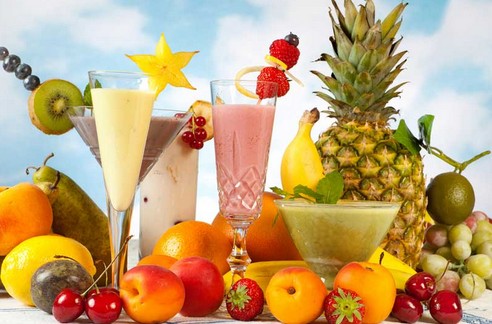Instead of Air Conditioning... Fruits!
Which fruits cool the body, which are the most cooling, is there a link to ripening speed, and how do size and color affect a fruit’s cooling ability? We set out to discover.

If you take the time to read the article ahead, you might not rush to stay indoors this summer, glued to your home air conditioning, hoping to escape the scorching heat outside.
No, the suggestion is not to dip into an ice bath, nor to roll in the snow of Mount Hermon. It turns out there are other, more natural ways to cool down, and they are found particularly in the foods we consume - mainly fruits and vegetables.
The cooling properties of food are divided into several characteristics and depend on various aspects, including the growing and ripening period of the fruit, the color of the fruit, the size, and its rate of digestion in our bodies. Among vegetables, broccoli, cabbage, cauliflower, green pepper, eggplant, zucchini, and pumpkin are known for their significant cooling effect. The same goes for a group of fruits, the standouts known as 'natural coolers' being apricot, watermelon, melon, fig, and pear.

The growth and ripening time of lettuce, spinach, cucumber, celery, peach, apple, pear, and more is faster compared to others, hence their cooling ability is greater than that of slowly ripening fruits and vegetables like carrot and mango. This also applies to fruits and vegetables whose color signals 'cold' energy, such as green, blue, and purple. For instance, it is likely that green apples, plums, and grapes will cool more than red ones. Additionally, there is a direct link between the size of the fruit and its cooling capability, so if cooling is the goal, it is better to consume the fruit or vegetable in larger pieces rather than cut or crushed.
In conclusion, it is important to know that the method of food digestion in our body is crucial. The faster the food is digested, the more it will cool our body. When consuming fruits and vegetables, the body expends minimal energy for their digestion, making them preferable over foods that are harder to digest such as meat, carbohydrates, and eggs.

